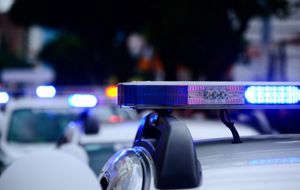
KENNEWICK, Wash. – March is Women’s History Month. We’ve heard names of the people who worked on the Manhattan Project during World War 2, most of them men, but what about the women who contributed to the project?
Many women answered the call and moved to Hanford during World War 2 to help the war effort. Terri Andre with the B Reactor Museum Association said it was not what they expected when they got to Hanford.
Andre said their contributions are primarily unknown and names lost to history. She says most of these women worked behind the scenes as secretaries and mess hall workers and worked in the dormitories. Andre says those jobs were essential to keep Hanford up and running.
“They emphasized that they were here because they wanted to help win the war,” said Andre. “They were patriotic. Many times when they were interviewed they emphasized the pleasant things and de-emphasized the things that were a challenge.”
Andre said the people pulled together, and the women were the glue that held everything together and made it work.
Beauty was their badge of courage, a nationwide campaign to keep the morale up for the women and, as a result, keep the morale up among the men at Hanford.
According to the Manhattan Project National Historical Park, about 9 percent of the workforce at Hanford during World War 2 were women.
Megan Simpson, with the B Reactor Museum Association, tells me less than one percent of supervisory roles were women. She tells me Buena Maris was one of them.
Maris was one of two women supervisors. She was on loan from Oregon State University after General Leslie Groves requested that she supervise a program for the safety and well-being of the women who worked on the project.
“The barracks had house mothers,” Simpson said. “She made sure the women got a day off and an exclusive bus that would be able to take them off site to Pasco to go have fun and do things to basically keep the moral up.”
Simpson said that many of the things she began are still in our community today, including the Girl Scouts and Red Cross.
According to Simpson, during the Manhattan Project, There were between 3,000 and 5,000 women, and the majority of roles played out at Hanford were support roles.



